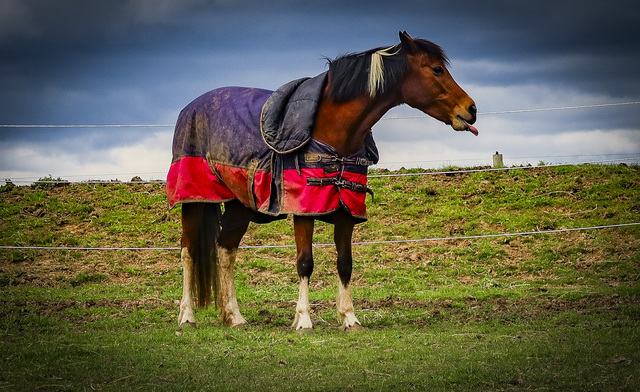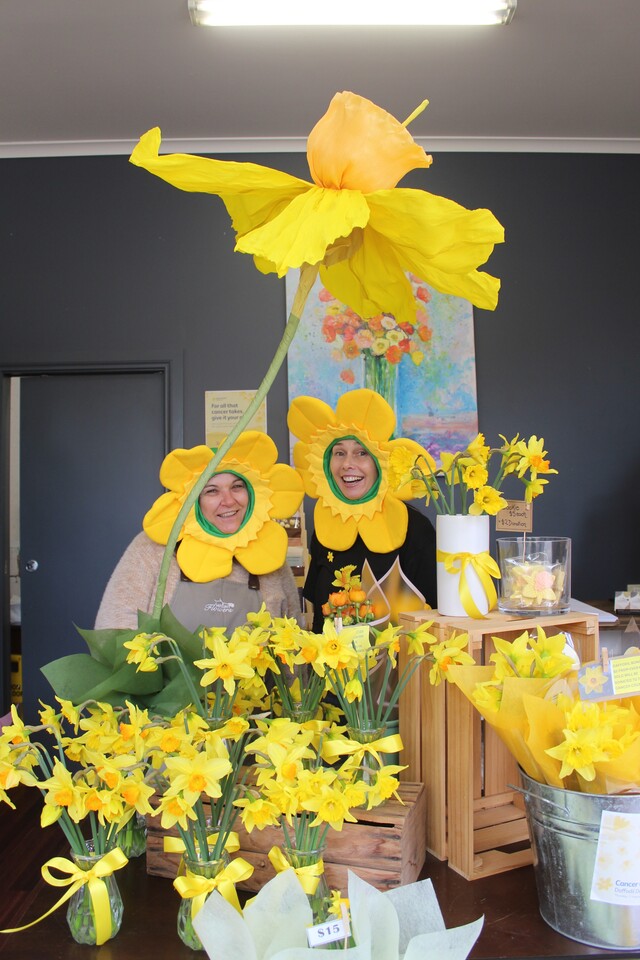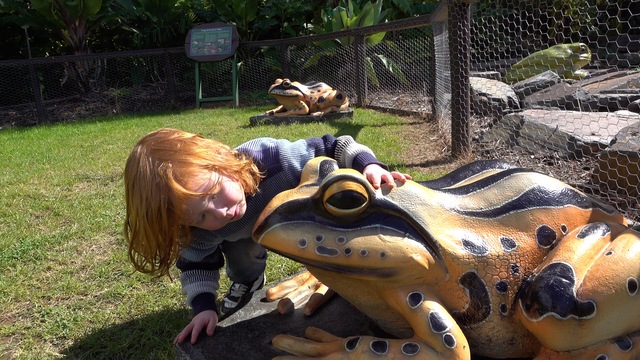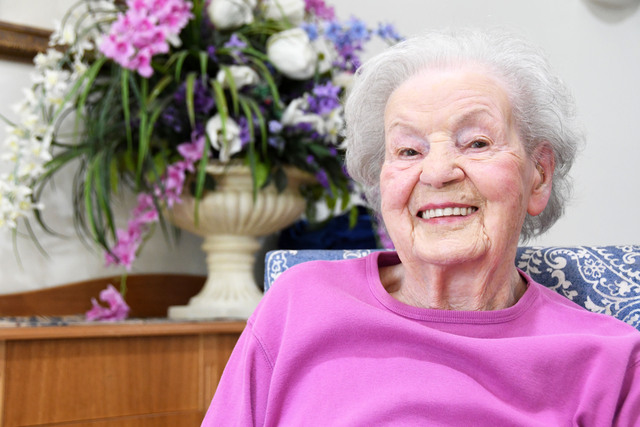Vaughan Atherton and Mikhail Chizhik served in the armed forces at distinctly different times, but both saw a need for greater representation of younger veterans within RSLs.
There were displays, memorials and exhibits showcasing soldiers of previous generations — honouring the veterans of World War I, World War II, Korea and Vietnam — but there was little to be found when it came to recent conflicts like East Timor, Iraq and Afghanistan.
“Michael was looking to move to Western Australia and he wanted to find a place to donate some exhibits he had put together,” Mr Atherton said.
“We talked about how museums were focusing a lot more on the older stuff and how there’s no representation for young veterans and the people who are still serving now.”
Those talks kicked off a three-year project “that never sleeps,” with four display cases featuring mannequins outfitted in authentic combat gear at Upwey Belgrave RSL ahead of Remembrance Day on 11 November.
Mr Chizhik said it hasn’t been an easy path to securing the equipment needed to bring the displays to life after they started to acquire it from private sellers.
“We came to the conclusion that it would be difficult to source all these individual bits of equipment just off the internet, especially with the rarity and scarcity of the items, with some we now house having an aspect of security and restriction,” he said.
“We put in enormous amounts of man hours writing huge emails to all these Defence affiliated companies, asking if they have the equipment they’d be willing to contribute or donate to us.”
Straight away, a company donated a helmet, followed by others donating ballistic armour, carriers and communication equipment. With the support of Defence affiliated businesses SpearPoint, Point Trading, Eylex and Hellweg, their equipment list continued to grow.
Federal and state government grants helped fund the acquisition of equipment, which helped the project’s momentum keep “growing and growing,” according to Mr Chizhik.
“We went higher up to the point where the Minister of Defense has come on board at a federal level to donate equipment we’ve been seeking for three years,” he said.
“We’ve received tremendous support and that’s why our exhibits are what they are.”
The pair has navigated not only the struggles of finding the items, but also legal and legislative challenges as well.
“We’ve got an exemption in place from an earlier piece of work from about eight years ago that gave RSL Victoria exemptions to possess some of these items,” Mr Atherton said.
“A bit of the background to our success was a legislative change that I managed to do because when we are talking about things like ballistic helmets, they’re restricted by law in Victoria.”
In Victoria, control of body armour carries a maximum penalty of two years imprisonment, however, an exemption in the Control of Weapons Act 1990 from June 2014 allows RSL branches to display body armour.
The exemption hasn’t made the search any easier, with one piece from Mr Chizhik’s own service in East Timor eluding them.
“We are definitely missing a set of body armour that was issued to me during my service that we’ve had a hard time getting because there are probably only three of them in the country,” he said.
“About 1000 sets were made and when Defence started pulling them they just buried and burnt everything. We did locate one, and we tried our hardest to get it but unfortunately, we couldn’t get it.”
Another challenge is displaying the replica weapons carried by the display soldiers and ensuring they are authentic.
“There are lots of issues around it, firstly you’d have to make sure you comply with RSL Victoria’s firearms license,” Mr Atherton said.
“We can have an imitation firearm, that’s what is in the cabinets, but we can’t have gel blasters.”
Throughout the displays, Mr Atherton and Mr Chizhik believe around 5 per cent of the equipment was donated to them, while the other 95 per cent has been sourced by the pair using their own finances and money from grants.
Mr Chizhik said it is important to represent the younger veterans who served by displaying the correct tools, equipment and weaponry they used.
“For our men and women of the Australian Defence Force, there is certain equipment that they had to use to defend themselves and to protect others,” he said.
“We have to educate the public about the tools that our men and women used overseas, whether it is the ballistic helmets, the body armour or specific weapons that we used.”
The four display cases will be ready for Remembrance Day and can be viewed in the museum at Upwey-Belgrave RSL, located at 1 Mast Gully Road Upwey, in what was the “culmination of nearly three years’ worth of work together on opposite ends of the country,” according to Mr Chizhik.
“It’s been a mammoth task to bring all of this together over three years, it’ll be incredible to get it out there,” he said.
“Drawing those younger veterans into the RSL community, getting that awareness that we are here to help and allowing people that space to come in and reflect on their service.”
Mr Atherton, who is now a police officer, served from 1984 to 1993 as an engineer in both full-time service and the reserves, while Mr Chizhik joined the Royal Australian Infantry Crops in 2008, where he was injured during a deployment in East Timor. After numerous surgical procedures and time in the Ordnance Corps and as an Acting Company Quarter Master Sergeant, he was medically separated from the Army in 2018.
Mr Atherton said Australia is a patriotic country and the soldiers who have served in recent wars deserve to be honoured.
“I’ve said to Mikhail quite often that when you go to an airshow and the planes fly over, there’ll be maybe one or two kids who look up and say wow, I’m going to do that one day,” he said.
“I’m fortunate to have the keys to the cabinet and I can let the kids try on a helmet. Just maybe, we’re paving the way for the next generation of warriors.”








